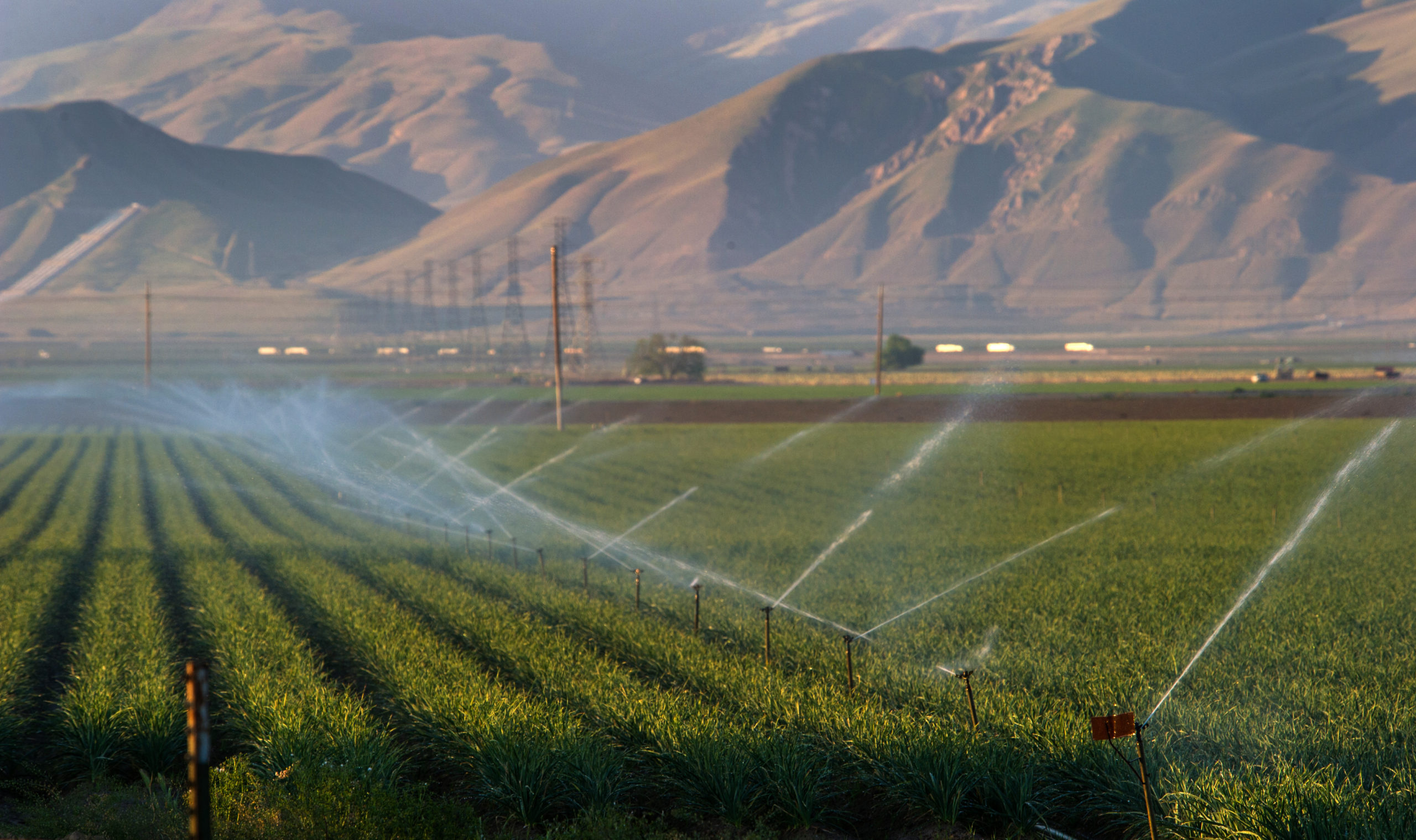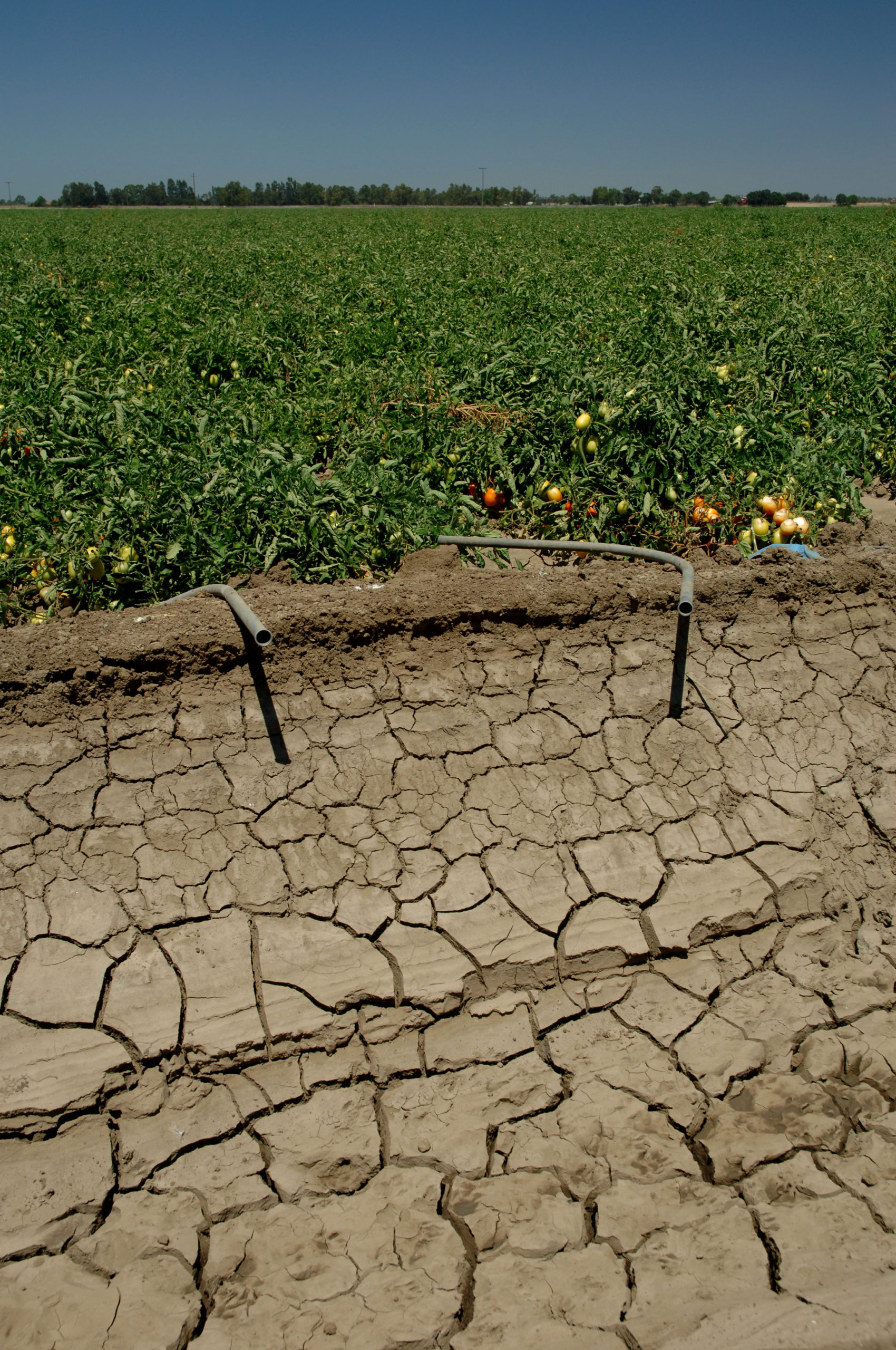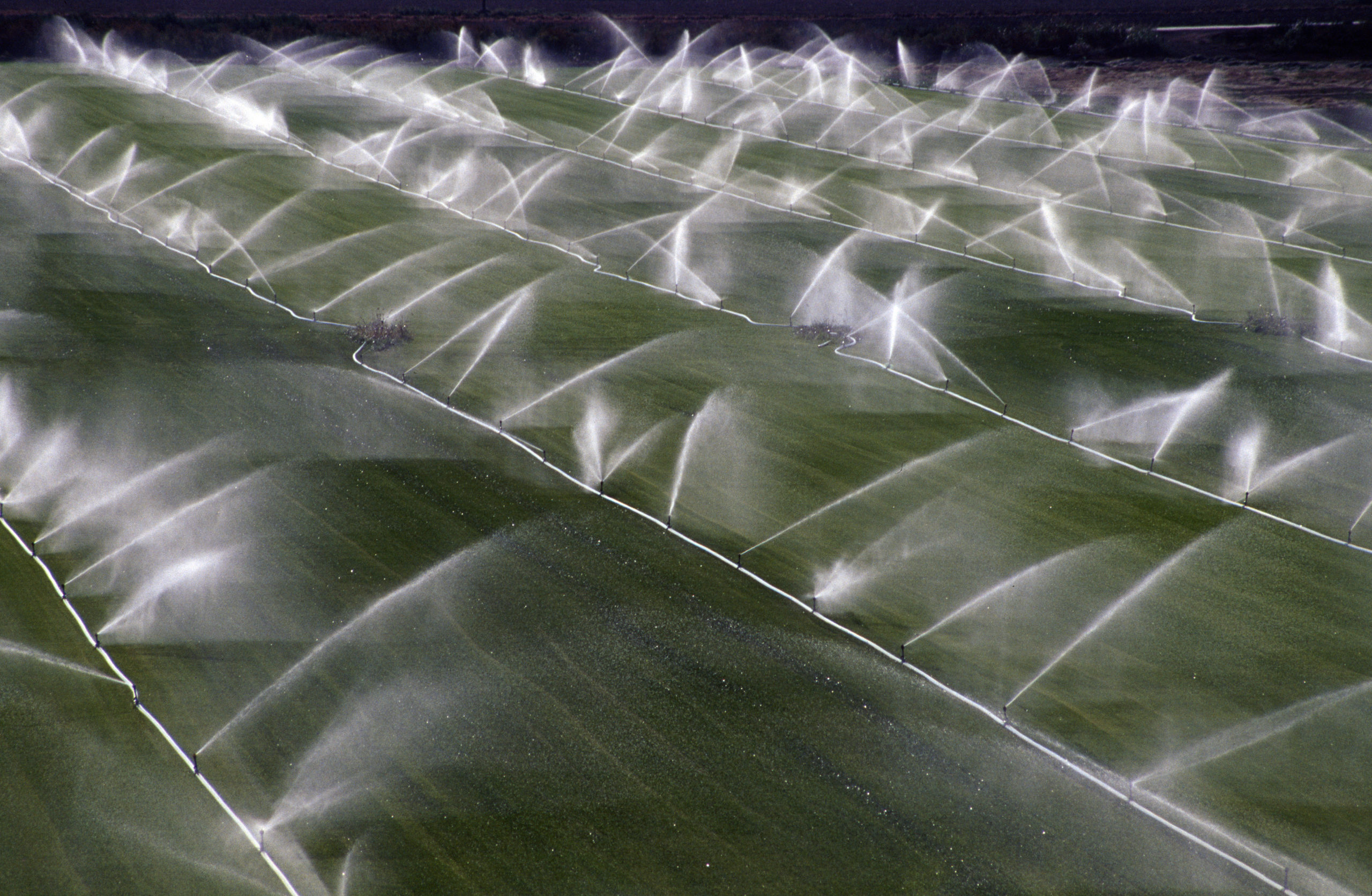
Aug 3, 2022
West Coast water woes
Growers on the West Coast are facing their toughest water challenges in recent history. Declining water tables, lack of spring rains, historically low snowpacks, and reservoirs and stream flows at historic low levels are keeping water a scarce commodity.
Farm ponds are drying up as extreme summer heat produces water deficits. Growers are trying to water crops as water use restrictions increase.
Though the fall brought record rainfall in limited portions of California, it was followed by the worst three months in the state’s history: January to March saw the smallest amounts of rain.
“The whole state is dry,” said Don Cameron, vice president and general manager of Terranova Ranch Inc. “Everyone’s affected this year.”
The Helm, California operation grows 6,000 acres of conventional and organic crops including processing tomatoes, peppers, onions, nuts and grain in the Central Valley. Access to water is being severely reduced in some areas.
“Couple that with no surface water, and it’s extremely bleak throughout the state,” he said. “There’s just no water in the state. It’s difficult to plan and to make long-term investments. It’s hard to know where we will be and what will be available.”
California’s water infrastructure, which dates to the 1960s when the state’s population was 17 million compared to today’s 40 million, needs upgrading, said Danny Merkley, director of water resources for the California Farm Bureau Federation (CFBF).
“If the infrastructure was more properly managed and maintained, it would be in much better shape for capturing and delivering water,” he said.

Severe dryness, historic low snowpacks and declining water tables are keeping water a scarce commodity. Photos: California Department of Water Resources
Reloading the water bank
The drought sparked crops competing for available water.
“We are seeing some real competition for the crops for the water in the state,” Cameron said.
Growers that are paid up on water allocations may not receive all the water they want, but are receiving a decent supply, he said. “The higher-priced commodities are winning out.”
Growers are doing a lot of work recharging depleted aquifers by diverting winter flood flows (that would otherwise flow to the ocean) onto vineyards and orchards during dormancy. Three decades ago, Cameron watched his water table drop and he realized at some point the state would run out of water.
Since then, Cameron proved growers can purposely flood orchards and vineyards to recharge aquifers without killing the crops. The state’s Department of Water Resources adopted the groundwater recharge system and is considering it a key component of California’s water resiliency program.
“You can’t keep taking money out of the bank,” Cameron said. “You have to put some of it back in once in a while.”
In northern California and southern Oregon’s Klamath Basin, a prominent potato growing region, a natural and political drought has sliced acreage. In the 1990s, the region’s 32 packing sheds pulled from 30,000 acres. Today, three sheds pack from 14,000 acres, said Dan Chin, president and co-owner of Wong Potatoes Inc., an organic operation in Klamath Falls, Oregon.
For more than 30 years, the federal government has restricted water, citing protection of endangered fish. The region’s growers used to rely on up to 400,000 acre-feet of water a year. That was cut to zero in 2021 and 50,000 acre-feet this year.
“They just keep taking our water away,” Chin said. “Not only are they taking our water from the lake, they’re taking our water from the ground as well. The only way we are surviving here is through groundwater.”
In general, the outlook for Washington remains favorable, said Nicholas Bond, Washington State climatologist. Long-term precipitation deficits are expected to affect areas of the Columbia Basin that rely on rainfall, as well as dryland areas where other crops, including grains, are grown. The eastern part of Washington has experienced precipitation deficits more than in the past compared to the western part of the state, he said.

The Walla Walla region could see some challenges, he said, but that could vary by field. The state should experience less precipitation during the summer due to warmer and drier conditions.
The Yakima Valley, a Washington major apple production hub, should receive its full allotment of water, including water rights holders.
“The orchards should be fine,” Bond said. “The important thing is the drought conditions are not the disaster in other parts of the state. Washington is in better shape than most of the West.”
More Washington growers are transitioning to drip irrigation and implementing other practices, including canopies to limit sunburn on apples, ultimately reducing water demand.
“There are steps being taken, but, at the same time, there’s over the long term an increase in acres of winegrapes and tree fruit,” Bond said. “In some ways, that conservation is going on, but there’s also more acreage going in.”
California is long known for having some of the strictest business regulations of any state. Merkley sees the main lesson growers in other states can take from California’s situation is “don’t do the same stupid stuff they’re doing here, to be very blunt about it,” he said.
Oregon and California aren’t too dissimilar in strict water regulations, said Chin. Oregon is also tough and restricts drilling of new wells.
Southern Oregon and Northern California growers invested much in conserving and using water more efficiently.
“We have tried to get away from flood irrigation with the use of a lot of water, which has helped a lot,” Chin said. “We have had programs to help us get more efficient with the amount of water put on. But when you don’t get any water, it’s tough to make a living.”
So tough that earlier this year, Chin closed his 92-year-old family business by selling his land and packing equipment.
Conservation efforts can only go so far.
“We cannot conserve or efficiency ourselves out of this problem,” Merkley said. “We need to change the way our water capture and delivery system works.”
Groups implore California to act
Agriculture and business groups are imploring California Gov. Gavin Newsom and the state’s legislature to set clear goals for boosting water storage and supplies as the drought threatens to cripple California’s food, energy and housing sectors.
“Our existing water system can no longer deliver the water necessary to sustain the world’s fifth-largest economy,” the California Farm Bureau and nearly two dozen farm and business groups wrote in a June 14 letter to the state’s executive and legislative branches.
“California must establish a clear target to increase its surface water supply to meet current and future needs for human consumption and a growing economy,” said the letter, whose signatories included California Farm Bureau President Jamie Johansson.
Danny Merkley, Farm Bureau’s director of water resources, said Farm Bureau signed the letter because “it is time to sound the alarm.”
“It has been seven-and-a-half years since the voters of California overwhelmingly passed Proposition 1 with $2.7 billion for the public-benefit portion of new water storage, and yet not $1 has yet to be spent on the construction of new storage,” Merkley said. “If Newsom is sincere about California’s water resilience, he will work with the Legislature to get funding out the door right now to upgrade our aging water infrastructure for today’s 21st-century realities.
“We cannot conserve our way out of it.”
The coalition contended that the state’s current strategy is to reduce supplies and ask people to do more with less. “As a result,” the letter said, “we are merely managing economic decline.”
The letter cited a 2021 study from the University of California, Merced, that found 385,000 acres of farmland were fallowed last year on account of a lack of water. That led to a $1.1 billion loss to farmers and the loss of 8,750 agricultural jobs; overall, agriculture and related sectors lost $1.7 billion and more than 14,600 full- and part-time jobs, according to the report.
— California Farm Bureau Federation









